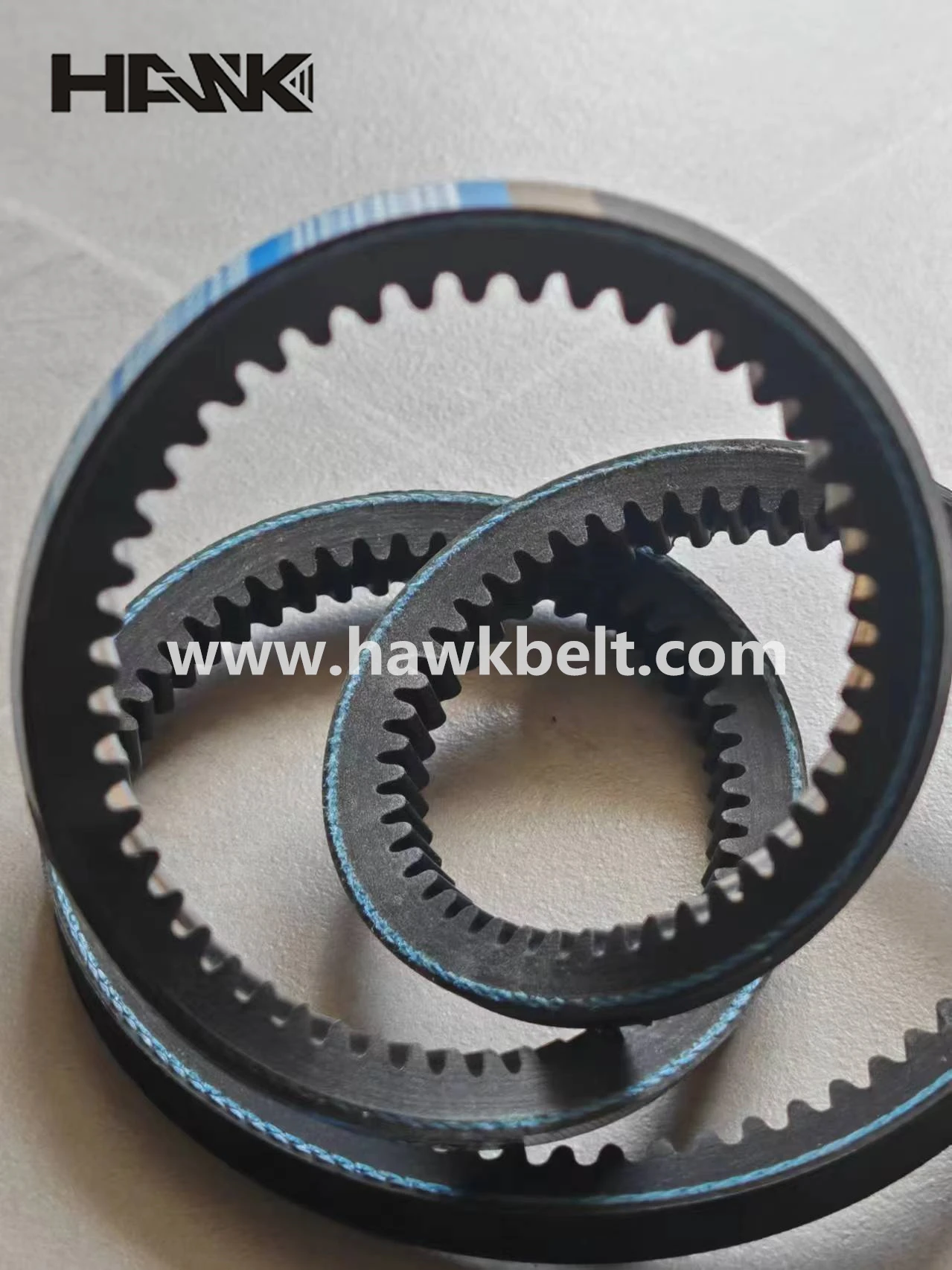- Arabic
- French
- Russian
- Spanish
- Portuguese
- Turkish
- Armenian
- English
- Albanian
- Amharic
- Azerbaijani
- Basque
- Belarusian
- Bengali
- Bosnian
- Bulgarian
- Catalan
- Cebuano
- Corsican
- Croatian
- Czech
- Danish
- Dutch
- Afrikaans
- Esperanto
- Estonian
- Finnish
- Frisian
- Galician
- Georgian
- German
- Greek
- Gujarati
- Haitian Creole
- hausa
- hawaiian
- Hebrew
- Hindi
- Miao
- Hungarian
- Icelandic
- igbo
- Indonesian
- irish
- Italian
- Japanese
- Javanese
- Kannada
- kazakh
- Khmer
- Rwandese
- Korean
- Kurdish
- Kyrgyz
- Lao
- Latin
- Latvian
- Lithuanian
- Luxembourgish
- Macedonian
- Malgashi
- Malay
- Malayalam
- Maltese
- Maori
- Marathi
- Mongolian
- Myanmar
- Nepali
- Norwegian
- Norwegian
- Occitan
- Pashto
- Persian
- Polish
- Punjabi
- Romanian
- Samoan
- Scottish Gaelic
- Serbian
- Sesotho
- Shona
- Sindhi
- Sinhala
- Slovak
- Slovenian
- Somali
- Sundanese
- Swahili
- Swedish
- Tagalog
- Tajik
- Tamil
- Tatar
- Telugu
- Thai
- Turkmen
- Ukrainian
- Urdu
- Uighur
- Uzbek
- Vietnamese
- Welsh
- Bantu
- Yiddish
- Yoruba
- Zulu
Aug . 15, 2024 16:25 Back to list
Choosing the Right Ribbed V Belt for Your Hyundai Vehicle Maintenance Needs
Understanding Ribbed V Belts for Hyundai Vehicles
Ribbed V belts, also known as serpentine belts, have become increasingly popular in modern automotive design, particularly in vehicles manufactured by Hyundai. These belts are integral components in the engine system, responsible for driving multiple peripheral devices, including the alternator, power steering pump, water pump, and air conditioning compressor. Understanding the significance, function, and maintenance of ribbed V belts can ensure optimal performance and longevity of your Hyundai vehicle.
What is a Ribbed V Belt?
A ribbed V belt is a type of belt that has multiple grooves running along its length, enabling it to grip the pulleys more efficiently. Unlike traditional V belts that have a single V-shaped design, ribbed V belts are flat on the back, which allows for a greater surface area contact with the pulleys. This design enhances flexibility and reduces slippage, offering superior power transmission compared to older belt designs.
Importance of Ribbed V Belts in Hyundai Vehicles
In Hyundai vehicles, ribbed V belts play a crucial role in the performance of several critical systems. Given their role in driving essential components, any malfunction or wear of the belt can lead to cascading issues that may affect the vehicle's overall performance.
1. Power Efficiency The design of the ribbed V belt allows for improved energy transmission efficiency. This efficiency translates into better fuel economy and performance, a key consideration for modern car owners.
2. Durability and Longevity Made from high-quality materials such as rubber compounds mixed with polyester or aramid fibers, ribbed V belts are designed to withstand the rigors of engine operation. This durability means that with proper maintenance, drivers can expect a longer lifespan for their belts.
3. Reduced Noise and Vibration One of the advantages of ribbed V belts is their ability to operate quietly compared to traditional belts. The reduced noise and vibration levels contribute to a more pleasant driving experience.
Signs of Wear and Maintenance Tips
Despite their durability, ribbed V belts can wear out over time, resulting in decreased performance. Here are some signs of wear to watch out for
ribbed v belt for hyundai

- Visible Cracks or Fraying Inspect the belt for surface cracks or frayed edges, which can be indicative of excessive wear
.- Squealing Noises If you hear a high-pitched squealing noise when you start your engine or accelerate, it may signal that the belt is slipping.
- Loss of Performance in Accessories A failing ribbed V belt can lead to accessories such as the air conditioning system or power steering not functioning properly.
To maintain your ribbed V belt and ensure its longevity, consider the following tips
1. Regular Inspections Check the belt visually during routine maintenance. Look for any signs of wear, cracks, or damage.
2. Proper Tension Ensure that the belt is correctly tensioned. An overly tight or loose belt can lead to premature wear.
3. Replacement Schedule Consult your Hyundai owner's manual for recommended replacement intervals. Typically, ribbed V belts may need to be replaced every 60,000 to 100,000 miles, but this can vary based on usage and driving conditions.
4. Professional Assistance If you suspect any issues with your ribbed V belt, don't hesitate to seek professional help. A qualified mechanic can provide a thorough inspection and replace the belt if necessary.
Conclusion
In summary, ribbed V belts are an essential component of Hyundai vehicles, contributing significantly to their overall performance and efficiency. By understanding their function, recognizing the signs of wear, and practicing proper maintenance, car owners can ensure their vehicles remain reliable and efficient for years to come. Regular attention to the ribbed V belt will undoubtedly contribute to a smoother driving experience and prolong the life of other related engine components.
-
Korean Auto Parts Timing Belt 24312-37500 For Hyundai/Kia
NewsMar.07,2025
-
7PK2300 90916-T2024 RIBBED BELT POLY V BELT PK BELT
NewsMar.07,2025
-
Chinese Auto Belt Factory 310-2M-22 For BMW/Mercedes-Benz
NewsMar.07,2025
-
Chinese Auto Belt Factory 310-2M-22 For BMW/Mercedes-Benz
NewsMar.07,2025
-
90916-02660 PK Belt 6PK1680 For Toyota
NewsMar.07,2025
-
drive belt serpentine belt
NewsMar.07,2025

